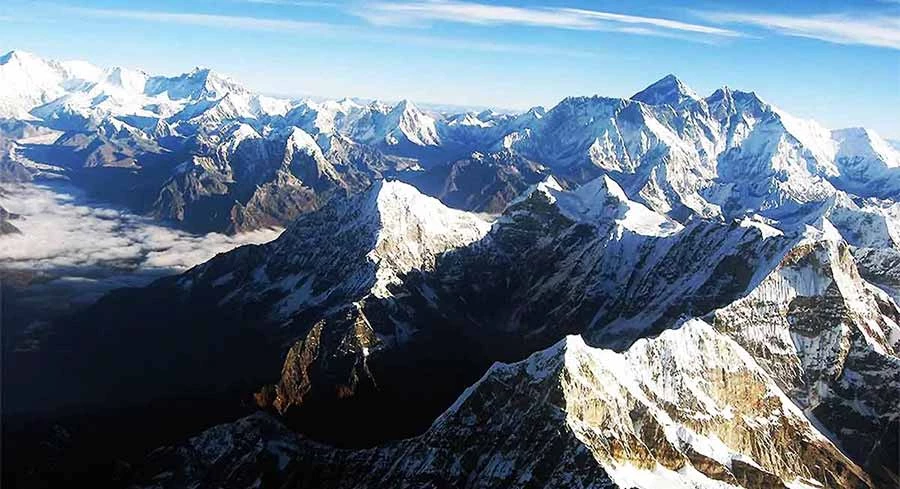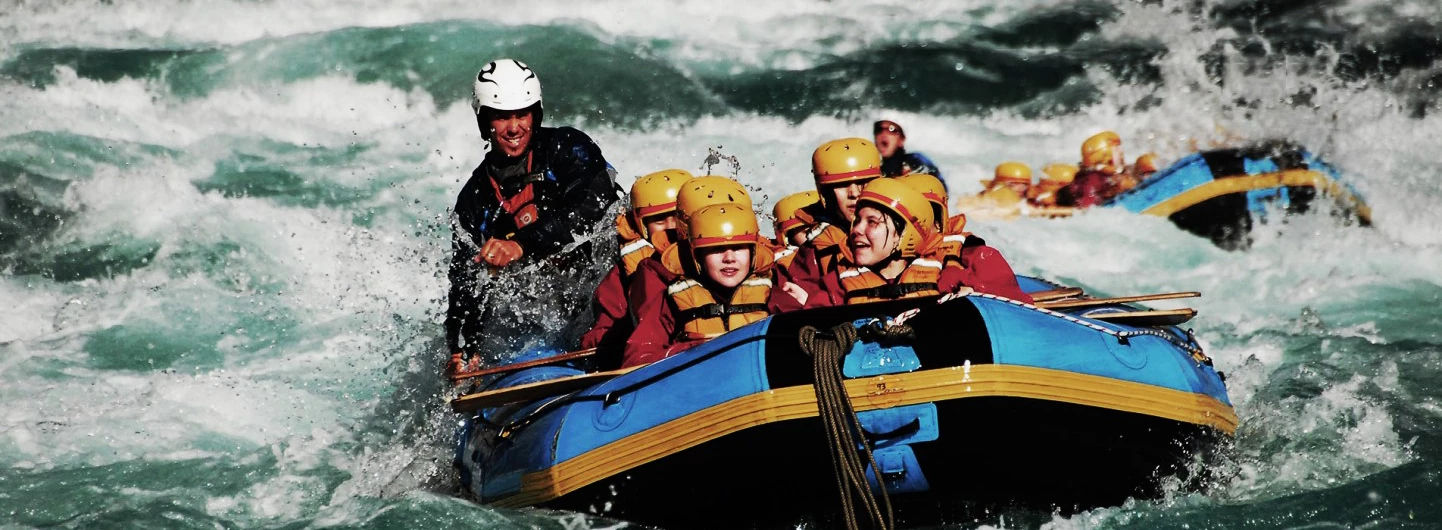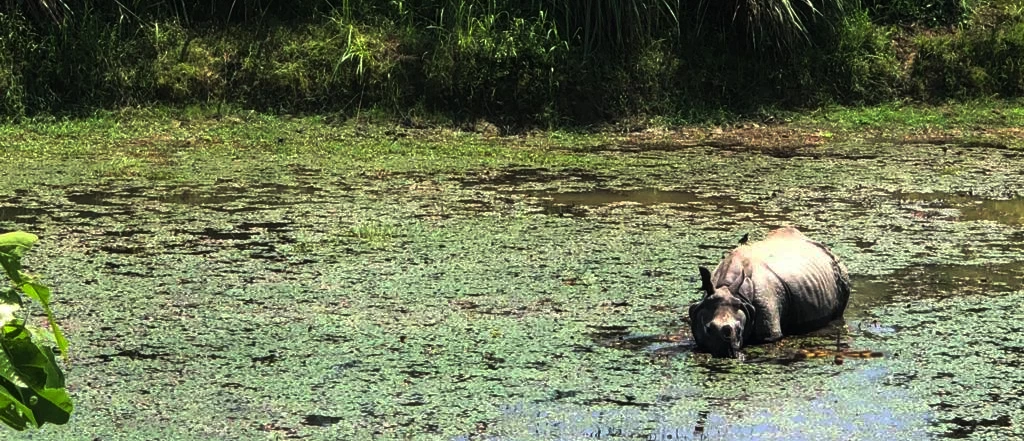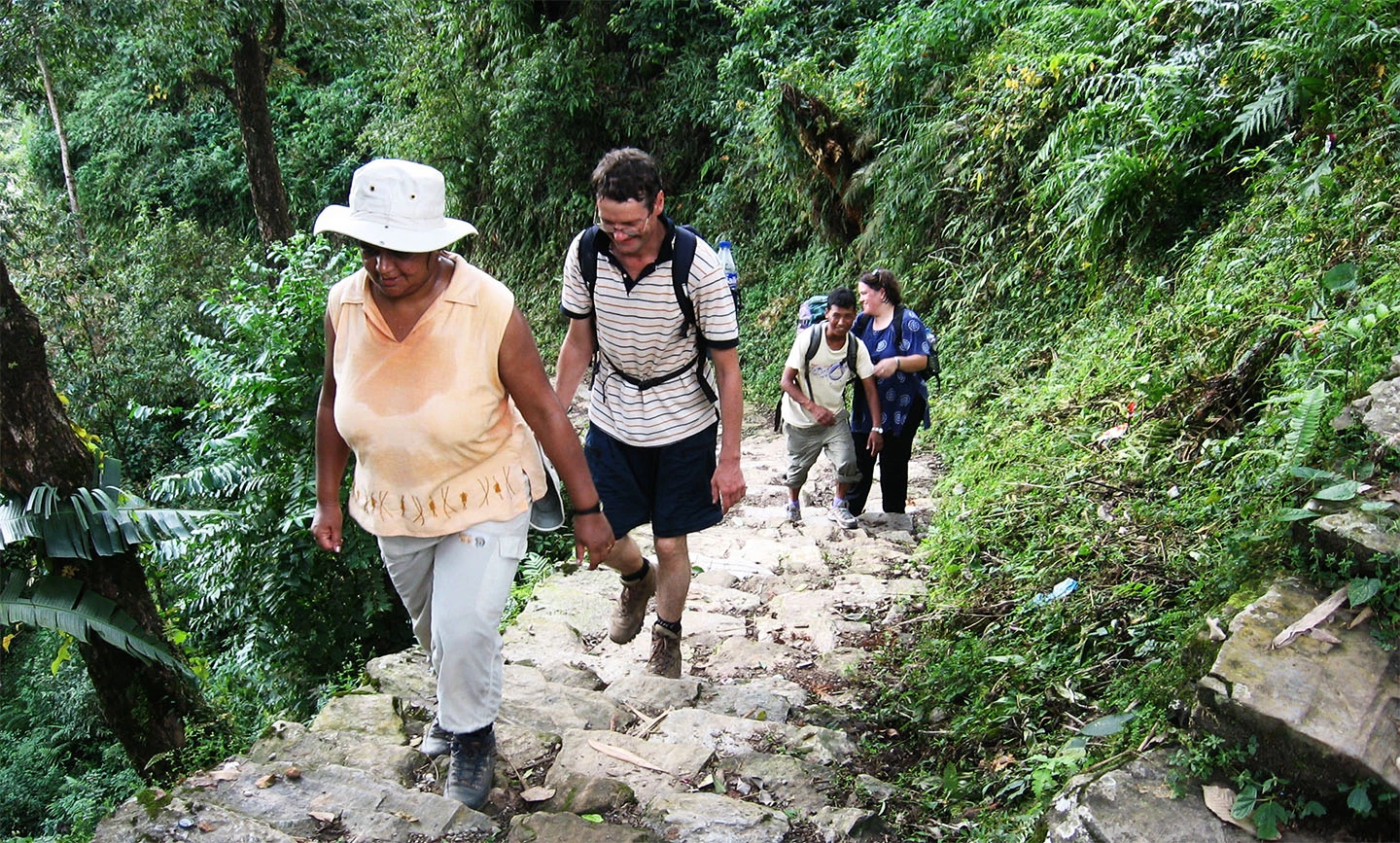Kathmandu Valley Tours and Sightseeing.
The Kathmandu Valley, the political, commercial cultural hub of Nepal is famed for its natural beauty and historic, holistic place. Once a separate kingdom in itself, it contains three fabled cities, Kathmandu, Patan & Bhaktapur. Each is an artistic exposition of graceful temples, elegant palaces, brick-paved courtyards, and quaint streets.
As a whole, the valley is surrounded by tier upon tier of green mountain walls above which tower mighty snow-capped peaks. The valley is rich in places of pilgrimage for both Hindus and Buddhists. Both of their deities are good side by side by both tantric symbolism and ancient animistic beliefs.
A very old Hindu text has described Kathmandu as the land of gods surrounded by beautiful mountains around. It is said that there were as many temples as there were houses and as many idols as there were people. In fact, Kathmandu boasts one of the largest congregations of magnificent historical monuments and shrines ever built.
Kathmandu Durbar Square Sightseeing.
Duly recognized as a World Heritage site by UNESCO this particular area best known as Kathmandu Durbar Square lies in the heart of this city. The locals know this area by its old name "Hanuman Dhoka" Palace Square an ancient seat of the Nepalese Royalty. Hanuman Dhoka Palace complex consists of a huge Royal Square exposing a tremendous variety of temples dedicated to different Hindu gods and goddesses. Most of the buildings we see here date from 15th to 18th century.
Swayambhunath Stupa Sightseeing.
Three kilometers west of Kathmandu located one of the world's most glorious Buddhist Stupa, it is said to be 2000 years old. Visitors often call it "Monkey Temple". The main structure is brick and clay which supports a lofty conical spire capped by a pinnacle of copper gilt. There are the all-seeing eyes of Lord Buddha on the four sides of the spire. Being situated seventy meters above the level of the valley, the hill of Swayambhunath is a mosaic of small stupa and pagoda temples.
Aside, in front of the temple, one of the famous goddesses with the shrine of Ajima called "Harati Mata" is there. This temple of goddess is believed to be famous in the way of tantric. Both the stupa of Lord Buddha and the temple of a goddess are surrounded by other temples and Tibetan monasteries. Being located on the top level of the valley, this place is famous for visitors for sightseeing.
Pashupatinath Temple Sightseeing.
The Pashupatinath temple of Lord Shiva possesses a two-storied golden roof and silver doors and is famous for its superb architecture. The temple is situated 5 kilometers east of Kathmandu's heart, on the banks of the sacred Bagmati River. Being one of the most important Hindu temples, this is a center of annual pilgrimage. From time immemorial, the Pashupatinath area has contained numerous temples, stupas, monasteries, images, and inscriptions. Not only is the Pasupatinath area a pilgrimage site for the Hindus but it is also an important cultural treasury for the whole world. Only Hindus are permitted to enter from the main gate.
Bouddhanath Stupa Sightseeing.
One of the oldest and the biggest Buddhist monuments ever built in Nepal, Bouddhanath is an imposing structure standing some 36 meters. The Stupa stands on the massive three-level mandala-style platform surrounded by colorful private family houses. The basic features of this great stupa are very much like those of the Swayambhunath stupa except for its final display. It is much bigger than Swayambhunath Stupa and lies on the valley floor where the former one stands on the hilltop. This stupa is said to have been built in the 5th century AD.
Patan Durbar Square Sightseeing.
Patan located on a lovely little plateau across Bagmati is only 7 km southeast of Kathmandu. This city roughly inhabited by some 125000 people is considered the oldest of all three cities of Kathmandu valley. This city was founded in the 3rd century AD. King Veera Dev has the finest Newar crafts since time immemorial. Meaning the city of fine arts has hundreds of fascinating Hindu and Buddhist monuments scattered in and around.
The most important monument area of course is Patan Durbar Square. Recognized by UNESCO as a world heritage site. The Square has been described as one of the most picturesque collections of buildings that have been set up in so small a place by the piety of oriental man. Most of the monuments in this square date back to the medieval Malla period 15th to 17th century as the golden period of Nepalese art and architecture.
The important things to be seen in this area include the Golden Gate and the Golden Window of the old Palace, the beautiful piece of traditional metal crafts, the famed Krishna temple with 21 golden pinnacles, the Royal bath of Sundari chowk, a perfect piece of the classic work in stone.
Royal Taleju Temple, Viswa Nath Temple, and Char Narayan Temple are the finest examples of unique craftsmanship in wood; the temple of Bhimsen with the magnificent golden balcony overlooking the square outside plus many other shrines and sculptures scattered in and around the square.
Bhaktapur Durbar Square Sightseeing.
Bhaktapur Durbar Square Situated at an altitude of 1401 meters above sea level Bhaktapur only is a very unique old town. This city divided into 24 traditional locality covers an area of 5 square kilometers. Founded by King Anand Dev in 889 AD Bhaktapur is said to have been built in the shape of a conch shell a sacred symbol of Lord Vishnu.
The word Bhaktapur means the city of devotees. Before the unification of Nepal, Bhaktapur was an independent principality ruled by the Malla Kings, who were very much devoted to religion, culture, and art. During the period many magnificent temples and mansions were built. This period is remembered as the golden period in Nepalese art and remains a unique example.
Changu Narayan Temple Tour.
The temple of Changu Narayan situated on the hillock of Dolagiri to the north of Bhaktapur is one of the oldest temples in Nepal. Situated at an altitude of 5000ft. This temple has its distinct historical and architectural significance. The most authentic and oldest ever inscription is located in the precinct of Changu Narayan.
The oldest inscription dated 464 AD is credited to have been set up by Lichchshavi King Manadeva. The erection of Garuda Piller by Manadeva is an expression of his devotion and reverence to Chang Narayan as learned from the inscription, which points that the temple of Changu Narayan was built sometime before 464 AD
Nagarkot Tour.
There are various places around the edge of the Kathmandu Valley that offer great mountain views, but the resort village of Nagarkot is generally held to be the best mountain watchers make their way up to the village, stay overnight in one of Nagarkot's lodges or hotels than rise at dawn to see the sun appear over the Himalayas.
Nagarkot is a popular tourist resort in Nepal. It is situated 32 Kilometers east of Kathmandu at an altitude of 2175m. above sea level. The panorama of the major peaks of eastern Nepal Himalayas including Mt. Everest can be seen from here. Himalayan peaks like Manaslu (8463m) Ganesh Himal (7111m) Langtang (7246m) Gaurishanker (7134m) can also be clearly seen from Nagarkot. A motorable road links Nagarkot with Bhaktapur.
Manakamana Temple Tours.
Goddess Manakamana is highly noted as a wishful filling goddess throughout the country. The holy temple of goddess Manakamana lies on a beautiful ridge west of Kathmandu Valley. It is said that she is the younger sister of the goddess Kali. She is regarded to be a very sacred goddess. The temple is important from the historical and archeological point of view.
It is a famous pilgrimage site for Hindus. Manakamana is a four-hour walk uphill from the highway. On the occasion of Visit Nepal Year 1998, the cable cars were plied from Kurintar Village, Chitwan to the hill of Manakamana, which takes only 8 minutes to reach there.
Pokhara Tours.
Pokhara is situated at an altitude of 827 meters above sea level and it is about 200 kilometers west of Kathmandu valley. Prithivi Raj Marga is the highway linked with Bhairahawa by Siddhartha Raj Marga [Sunauli border] It is a combination of the long arrays of world famous snow clad peaks, emerald lakes, turbulent rivers with deep Georges, and picturesque villages inhabited by Magar, Gurungs, and Thakalis.
Pokhara offers magnificent views of Dhaulagiri, Manaslu, Machhapuchhare, five peaks of the Annapurna Himalayas, and others. Pokhara's numerous lakes known as "Tal" in Nepal offer fishing, boating, and swimming, which ensure the famous Phewa, Begnas, and Rupa lakes of Pokhara.
Pokhara is also referred to as the center of adventure. It is the starting point for most of the popular trekking & rafting destinations. The serenity of Phewa Lake and the magnificence of Machhapuchhare [6,977m] rising behind it, creates an ambiance of peace and magic
Phewa Lake is situated at an altitude of 784m above sea level with an island temple at the middle of the lake. It is the second-largest lake in the kingdom. Temple situated on the island is the two-storied pagoda dedicated to the boar magnification of Ajima. The reflection of Mt. Machhapuchhare & Annapurna can be seen in its serene water. Thick forest lies on the adjoining southern slopes of the lake.
Begnas & Rupa Lake: lies in the northeast of the Pokhara Valley at a distance of 13 km from the main city. These lakes are located at the foothill of Begnas, mountain and are separated by the Pachabiya hill.
Seti River Gorges carved by Seti-Gandaki is one of the natural wonders of Pokhara. K.I. Singh Bridge at Bagar, Mahendrapool & Prithivi highway Bridge near the bus park, provides a perfect view of the river's dreadful rush and the deep gorge made by the turbulent flow of white water.
Davi's fall locally known as Patale Chhango in the southern flank of the Pokhara valley is where the stream flowing from Fewa Lake collapses and surges down the rock into a deep gage, leaping through several potholes.
Mahendra Cave lies north of the Pokhara Valley. It is a large limestone cave which is one of the few stalagmites stalactite caves found in Nepal. Tibetan Village Tashiling in the south and Tashii Palkhel in the north of Pokhara Valley are the two Tibetan villages which are inhabited by the Tibetan people who keep themselves busy by producing and trading woolen carpets and other handicrafts.
Museum: One museum displays the lifestyles and history of the Gurungs, Thakalis, and Tharu, and the other one Natural history museum and is functioned by the Annapurna Conservation area project. Butterflies, insects, birds, and wildlife are found in the Annapurna region.
Mountains Views: The spectacular Panorama of the Annapurna range forms the backdrop of Pokhara Valley. The mountains stretching from east to west include Annapurna I to IV. It lies at a distance of 40 km from the valley and at an elevation of 900m. Among these is Annapurna. Annapurna I (8.091m high is the highest peak. Mt. Machhapuchhare with its pyramid shape dominated all the other neighboring Peaks. The other peaks are Mt. Dhaulagiri 8167m, Lamjung Himal 6983m, Manaslu 8163m, and Himalchuli.
Barahi Temple: This is the most important religious monument in Pokhara. Built almost in the middle of Phewa Lake, this two-storied pagoda is dedicated to the boar manifestation of Ajima, the protector's deity representing the female force Shakti. Devotees can be seen, especially on Saturday, carrying male animals and fowl across the lake to be sacrificed to the deity.
World Peace Pagoda a massive Buddhist Stupa, is situated on top of a hill on the southern shore of Phewa Lake. Besides being an impressive sight in itself, the shrine is a great vantage point that offers spectacular views of the Annapurna range and Pokhara city. You can get there by crossing the lake by boat and then hiking up the hill.
Bindhyabasini Temple is the center of religious activity in the old bazaar. It is dedicated to Goddess Bhagawati, yet another manifestation of Shakti. The park-like grounds offer a fine picnic area, and on Saturday and Tuesday when devotees flock there to offer sacrifices, take on a festival local flavor.
Pony treks are becoming more popular by the day. With a landscape varying from the even lakeside to small hills with the most famous view in the country. Pokhara provides a magnificent opportunity for sightseeing on horseback.
Lumbini Tours.
Lumbini is the birthplace of Lord Buddha, the apostle of peace and compassion. It is 21 km west of Bhairahawa and 285 km southwest of Kathmandu. It is a place of pilgrimage for Buddhists as well as a place of reverence for peace lovers of any religious faith throughout the world.
In Lumbini, the central attraction is the sacred garden with Maya Devi temple depicting the birth of Lord Buddha, Ashoka Pillar pinpointing the birth place of Buddha, and Shakya Tank where Maya Devi, the mother of Lord Buddha, is supposed to have taken a dip before bringing forth the baby - Lord Buddha. Around this holy site, there are remnants of Monasteries and Chaityas built over the centuries following Buddha's birth in 632 BC.
The work is underway at Lumbini to transform three square miles of flat, empty land into an expression of Buddha's peace and compassion creating a sculpted landscape to make the teaching of Lord Buddha accessible to all humanities. The project area designed on a north-south axis encompasses three zones each covering one square mile. The Lumbini village lies as a gateway to the outer world.
The second zone, on either side of a canal and walkway, will be developed into a monastic enclave where nations, institutions, and organizations can build places of worship that reflect varying religious ideals and styles. A meditation center will be the highlight of this zone. The third and most important zone is the sacred garden itself where the beauty of its plant life will be restored to create a reverent atmosphere in which one can experience Buddha's universal message.
Namobuddha Buddhist Monastery Tour.
This Namo Buddha is situated on a hill above Panauti and requires either a drive or a good hike, the walk is recommended to visit this place. There is an amazing story concerning Buddha being commemorated by an ancient stone slab and a stupa with the all-seeing eyes of Lord Buddha. It is an ideal place for meditation. Monsoons i.e. May, June & July are not recommended.
About two and a half hours north of Dhulikhel on foot, the stupa rests on a red-earth ledge near the tops of a jungle ridge. During the February-March pilgrimage season, Tibetans and Bhotias arrive by vanload to circumambulate it. Among the houses surrounding the stupa is a dinky Tamang 'Gompa' when you can enter.
A trial leads up to a bigger Tibetan gompa on top of the prayer flag festooned ridge behind and in one of the outbuildings is preserved a famous stone relief sculpture depicting the legend of Namo Buddha. According to the fable Buddha, in one of his previous lives as a hunter, encountered a starving tigress and her cubs here, and moved by compassion, offered his own flesh to her, a sacrifice that helped pave the way for his eventual rebirth as the historical Buddha.









